Ireland’s Wildlife Tours is On Hold
The combined impact of COVID 19 and Brexit has forced us to suspend operation of Ireland’s Wildlife Tours.
We will not be offering longer (4 day and 6 day) iteneraries until further notice.
We continue to operate our Discover Wildlife Weekends, Private Wildlife and Bird Guiding services and Discover Wildlife Walks through our main Ireland’s Wildlife site.


